Since 2003, Georgia Aquarium’s involvement with HERA, the bottlenose dolphin Health and Environmental Risk Assessment Project, and its conservation efforts with bottlenose dolphins have been nothing but a success. In May 2017, Dr. Gregory Bossart, Georgia Aquarium’s Chief Veterinary Officer and Senior Vice President of Animal Health, Research and Conservation, co-authored and published in the scientific journal PLOS ONE, the first study to compare the health assessments of wild dolphins and those in human care. This study found that dolphins in natural habitats are more susceptible to infectious diseases, tumors, antibiotic-resistant bacteria, and high levels of contaminants than dolphins in human care. Individuals in zoological facilities are exposed to fewer pathogens as their water and food quality is higher. Dolphins are a sentinel species and understanding them helps researchers understand the health of our oceans.
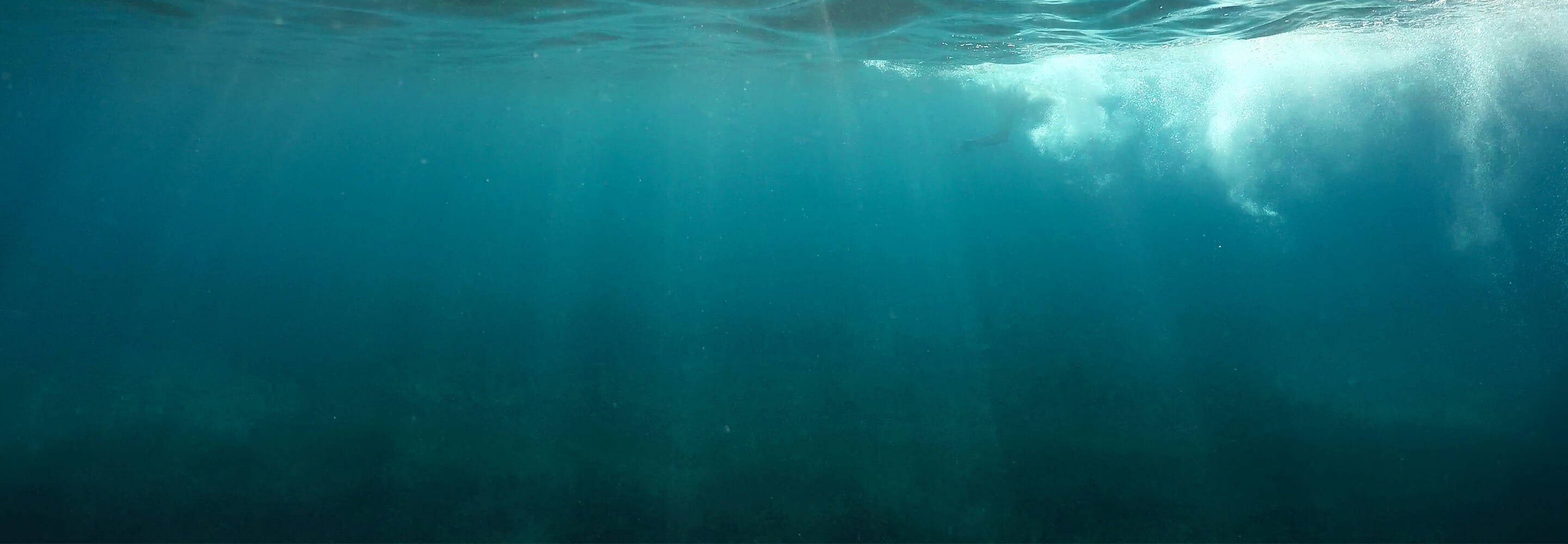
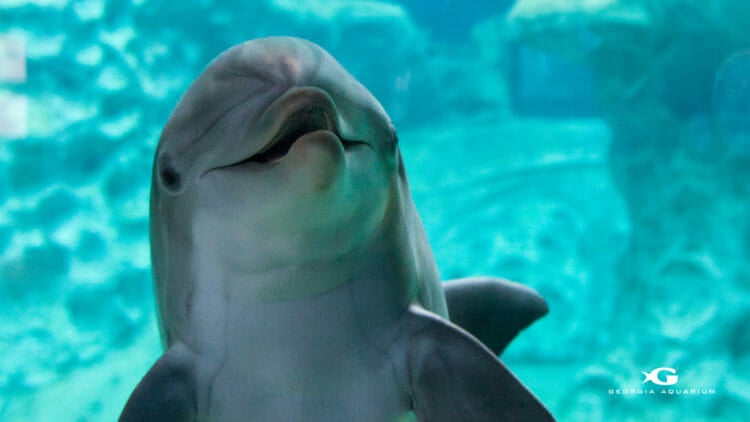
2018 Research and Conservation Newsletters
Bottlenose Dolphin Health and Environmental
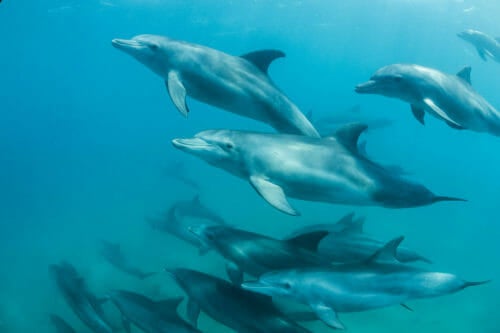
Whale Shark Health Assessments, Cenderawasih Bay, Indonesia
Last summer, Georgia Aquarium, in partnership with Conservation International (CI) and the Indonesian government, led the first successful health assessment on wild whale sharks in Cenderawasih Bay, Indonesia, where a population of whale sharks can reliably be found. With help of Indonesian fishers and their unique interactions with the whale sharks, researchers were able to collect biological samples, measurements and attach satellite tracking tags. The success of this expedition allowed scientists to get a clearer picture of whale sharks in this part of the world, as well as the potential impacts of tourism around the Cenderawasih Bay area. As always, Georgia Aquarium hopes to do everything possible to protect this incredible species for future generations.
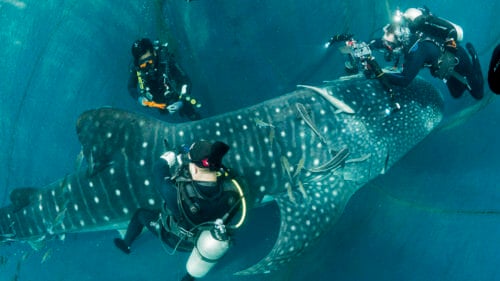
Whale Shark Research, St. Helena
For the third year, Georgia Aquarium researchers traveled to one of the most remote islands in the world, St. Helena in the South Atlantic. Led by Dr. Alistair Dove, Vice President of Research and Conservation, the team traveled over 6,000 miles with the goal of studying the whale sharks that frequent this area. Georgia Aquarium researchers have made multiple expeditions to St. Helena since 2014, with researchers most recently completing a stint in February 2018. These field expeditions began because researchers believe whale sharks use St. Helena’s waters as mating grounds – something that has never before been documented.
Using techniques discovered in the aquarium setting, researchers from Georgia Aquarium and their partners studied the whale sharks in the waters around St. Helena. This year, they were joined by a crew from Ocean Conservancy focusing on the impacts of marine plastics on and around the island.
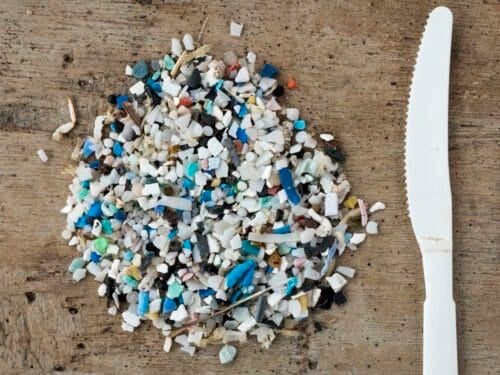
Dr. Lisa Hoopes: Director of Research, Conservation and Nutrition
Georgia Aquarium was recently delighted to announce the promotion of Dr. Lisa Hoopes to Director of Research, Conservation and Nutrition, effective January 1, 2018. Dr. Hoopes has served as the staff Nutritionist at Georgia Aquarium since 2010, directing all aspects of clinical nutrition for the Aquarium’s animal collection.
Dr. Hoopes also maintains an active research program. Her recent research achievements have included health assessments on sand tiger sharks, sting rays and bottlenose dolphins, sea turtle rehabilitation and nutrition, feeding ecology research on spotted eagle rays and active participation in the OCEARCH white shark expeditions.
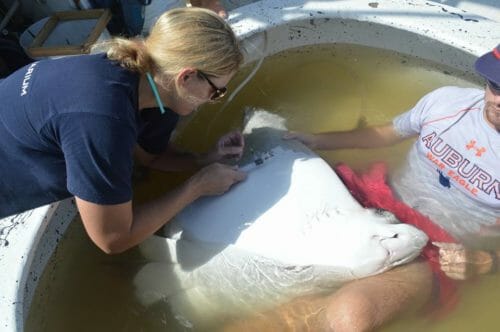
Georgia Manatee Health Assessments
Many manatees make their home in the coastal waters of Georgia and Florida. Georgia Aquarium has partnered with Sea to Shore Alliance and the Georgia Department of Natural Resources on a project to map the movements of this protected species around Naval Submarine Base Kings Bay, near St. Marys, Georgia. The study is documenting migratory paths and habitat use in the region and collecting baseline data to help assess manatee health. Researchers are confirming things they long suspected: the importance of the Intracoastal Waterway, or ICW – a narrow passage of natural and dredged rivers between the mainland and barrier islands – for manatees moving along the Georgia coast. The Intracoastal Waterway is a major thoroughfare for manatees migrating between Georgia and Florida, but the ICW is also a popular waterway for boats path used to travel up and down the coast. Since 2000, boat collisions have caused 27 percent of manatee mortalities documented in Georgia. Understanding manatees’ habitat use and migration details can benefit conservation efforts for the species. The health assessment studies are patterned after the Aquarium’s long-standing bottlenose dolphin Health and Environmental Risk Assessment (HERA) research in Florida’s Indian River Lagoon. To learn more about Georgia Aquarium’s manatee health assessment program, please visit:
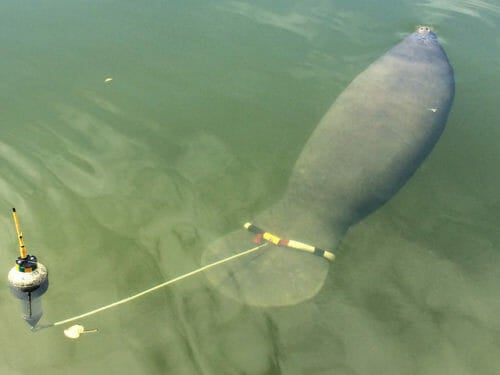
Manatee Health Assessments in Puerto Rico
Georgia Aquarium veterinary staff traveled to Bahia de Jobos, Puerto Rico last year, to participate in manatee health assessments. Approximately sixty individuals from around a dozen institutions including US Fish and Wildlife and the Puerto Rican Department of Natural and Environmental Resources were on hand for the expedition. Despite uncooperative weather during part of the trip, the team was able to launch their new capture boat and successfully evaluate three animals.
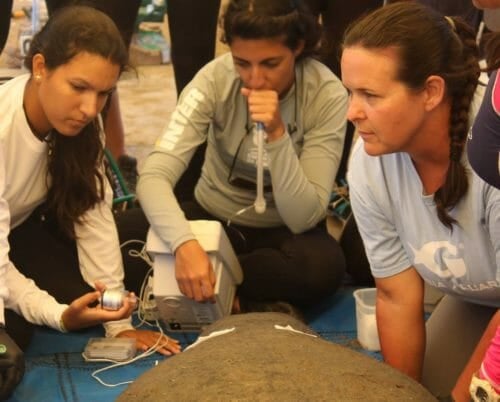
Manatee Rescue and Rehabilitation in Peru
Georgia Aquarium is proud to sponsor the Rainforest Awareness, Rescue and Education Center (RAREC) in Iquitos, Peru in its efforts to rehabilitate Amazonian manatees. The RAREC team is dedicated to the rescue and rehabilitation of wildlife along the Amazon River as well as educating nearby communities about the local flora and fauna and the importance of conserving the rainforest. Georgia Aquarium was pleased to assist RAREC with a financial donation when they found a group of Amazonian manatees being kept in less than ideal conditions by a private individual. The group of manatees was assessed to be in fair health, and with rehabilitation, they will be released back into their natural habit. For more information on RAREC and their work with Amazonian manatees, please visit:
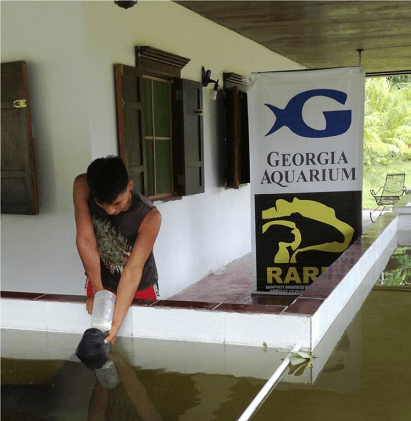
Florida Dolphin Rescue
Earlier this year, staff joined the Florida Fish and Wildlife Conservation Commission (FWC) and members of the SeaWorld Orlando Rescue Team in the rescue of a female sub-adult Atlantic bottlenose dolphin in Ponte Vedra Beach, Fla. After determining that a rescue and rehabilitation attempt was possible despite the animal’s life-threatening injuries, the decision was made to transport the dolphin to SeaWorld Orlando’s Cetacean Rehabilitation Facility for further evaluation and rehabilitation.
After an initial veterinary exam and treatment, the dolphin was found to have sustained multiple shark bite wounds to her body and right pectoral flipper and had developed pneumonia. The SeaWorld Rescue Team has been providing the dolphin with around-the-clock care as she continues to gain strength and energy. She is now swimming and eating well, and recent examinations have shown that the wounds are healing and the pneumonia is improving. The SeaWorld Rescue Team will continue to provide further treatment and is cautiously optimistic that her condition will continue to improve enough for release in the future.
Georgia Aquarium is proud to support rescue efforts for dolphins and other marine mammals in northeast Florida.
SeaWorld Orlando and Georgia Aquarium Assist Dolphin Attacked by Shark
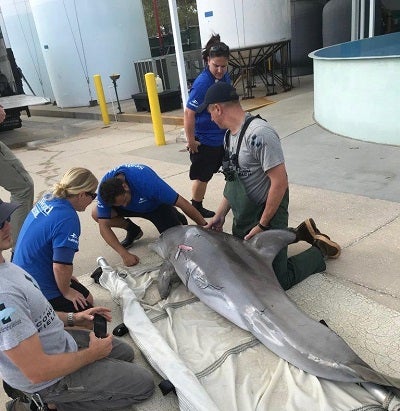
Recent Publications
1. Hoopes LA. The Elasmobranch Husbandry Manual II: Recent Advances in the Care of Sharks, Rays and their Relatives. Ohio Biological Survey. 135-146. 2017.
2. Bryan CE, Bossart GD, Christopher SJ, Davis WC, Kilpatrick LE, McFee WE, O’Brien TX. Selenium protein identification and profiling by mass spectrometry: A tool to assess progression of cardiomyopathy in a whale model. Journal of Trace Elements in Medicine and Biology. 44: 40-49. 2017.
3. Dove A.D.M., Clauss T.M., Marancik D.P. and Camus A.C. (2017) Some Emerging Diseases of Elasmobranchs in Aquariums. In: (M. Smith ed.) Elasmobranch Husbandry Manual 2nd Ed.
4. Bossart GD, Fair PA, Schaefer AM, Reif JS. Health and Environmental Risk Assessment Project for bottlenose dolphins Tursiops truncatus from the southeastern USA. I. Infectious diseases. Diseases of Aquatic Organisms. 125: 141-153. 2017.
5. Reif JS, Schaefer AM, Bossart GD, Fair PA. Health and Environmental Risk Assessment Project for bottlenose dolphins Tursiops truncatus from the southeastern USA. II. Environmental Aspects. Diseases of Aquatic Organisms. 125:155-166. 2017.
6. McKinney JA, Hoffmayer ER, Holmberg J, Graham RT, Driggers III WB, de la Parra-Venegas R, Galvan-Pastoriza BE, Fox S, Peirce SJ, Dove ADM. Long-term assessment of whale shark population demography and connectivity using photo-identification in the Western Atlantic Ocean. PLOS ONE.https://doi.org/10.1371/journal.pone.0180495. 2017.
7. Morey JS, Burek Huntington KA, Campbell M, Clauss TM, Goertz CE, Hobbs RC, Lunardi D, Moors AJ, Neely MG, Schwacke LH, Van Dolah FM. De Novo transcriptome assembly and RNA-Seq expression analysis in blood from beluga whales of Bristol Bay, AK. Marine Genomics. 35: 77-92. 2017.
8. Hoopes, LA, Koutsos EA, Norton, TM. 2017. Nutrition. In CA Manire, Sea Turtle Health and Rehabilitation (pp. 63-96). Plantation, Fl: J. Ross Publishing.
9. Norman BA, Holmberg JA, Arzoumanian Z, Reynolds SD, Wilson RP, Rob D, Pierce SJ, Gleiss AC, de la Parra R, Galvan B, Rameriz-Macias D, Robinson D, Fox S, Graham R, Rowat D, Potenski M, Levine M, McKinney JA, Hoffmayer E, Dove ADM, et al. Undersea Constellations: The Global Biology of an Endangered Marine Megavertebrate Further Informed through Citizen Science. BioScience. 67: 1029-1043. 2017
10. McDermott Delaune AJ, Field CL, Clauss TM. Whole Blood Transfusions To Treat Severe Anemia In Seven Cownose Rays (Rhinoptera bonansus) And One Short-Tail Stingray (Dasyatis brevicaudata). Journal of Zoo and Wildlife Medicine. 48(4). 1172-1180. 2017.
11. Strobel MM, Houser DS, Moore KT, Davis MR, Clough PL, Staggs LA, Eskelinen HC, Bates RJ, Walsh MT.Auditory Evoked Potentials and Behavioral Considerations with Hearing Loss in Small Cetaceans: Applications as a Standard Diagnostic Test in Health Assessment. Journal of Zoo and Wildlife Medicine. 48(4): 979-986. 2017.
12. Dill J, Sanchez S, McDermott A, Camus A. Disseminated nocardiosis associated with the isolation of Nocardia nova in a longsnout seahorse Hippocampus reidi (Ginsburg). Journal of Fish Disease. 40: 1235–1239. 2017.
13. Zahini M, Dean WL, Ghim S, Joh J, Gray RD, Khanal S, Bossart GD, Mignucci-Giannoni AA, Rouchka EC, Jenson AB, Trent JO, Chaires JB, Chariker JH. Identification of G-quadruplex forming sequences in three manatee papillomaviruses. PLOS ONE.https://doi.org/10.1371/journal.pone.0195625. 2018.
14. Tessler M, Marancik D, Champagne D, Dove A, Camus A, Siddall M, Kvist S. Marine leech anticoagulant diversity and evolution. Journal of Parasitology. In press.
15. Rodrigues TCS, Subramaniam K, Cortes-Hinojosa G, Wellehan, Jr JFX, Ng TFF, Delwart E, McCulloch SD, Goldstein JD, Schaefer AM, Fair PA, Reif JS, Bossart GD, Waltzek TB. Complete Genome Sequencing of a Novel Type of Omikronpapillomavirus 1 in Indian River Lagoon Bottlenose Dolphins (Tursiops truncatus). American Society for Microbiology; Genome Announcements. 6:e00240-18. https://doi.org/10.1128/genomeA.00240-18. 2018
Research and Conservation Staff
Alistair Dove, Ph.D.
Director
Research and Conservation
George Biedenbach
Director, Conservation Field Station
Harry Webb
Project Coordinator
Katelyn Herman
Project Coordinator
Matthew Denny
Field Coordinator, Conservation Field Station
Kerry Gladish
Research Administration Assistant , Managing Editor
Bruce Carlson, Ph.D.
Chief Science Officer Emeritus